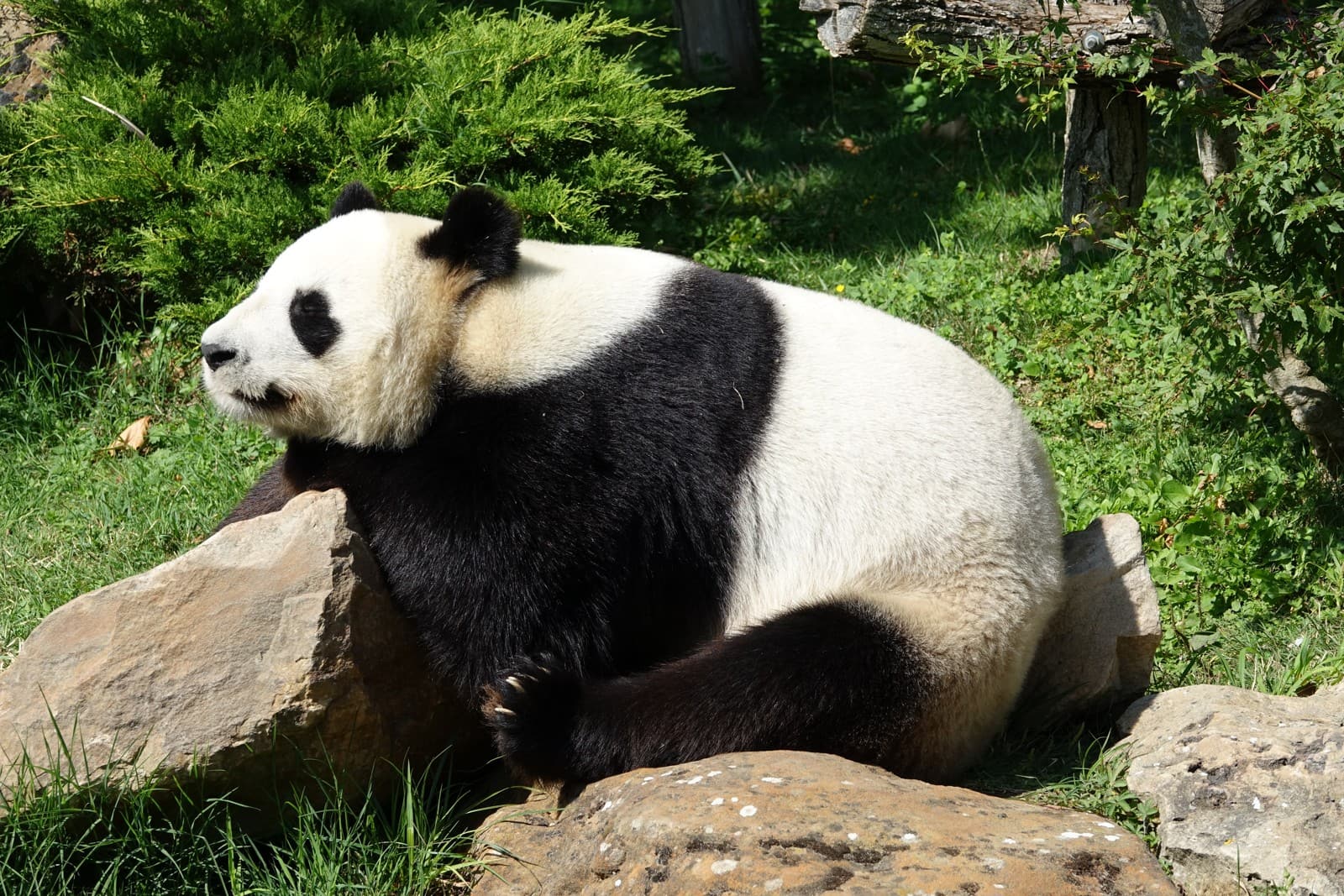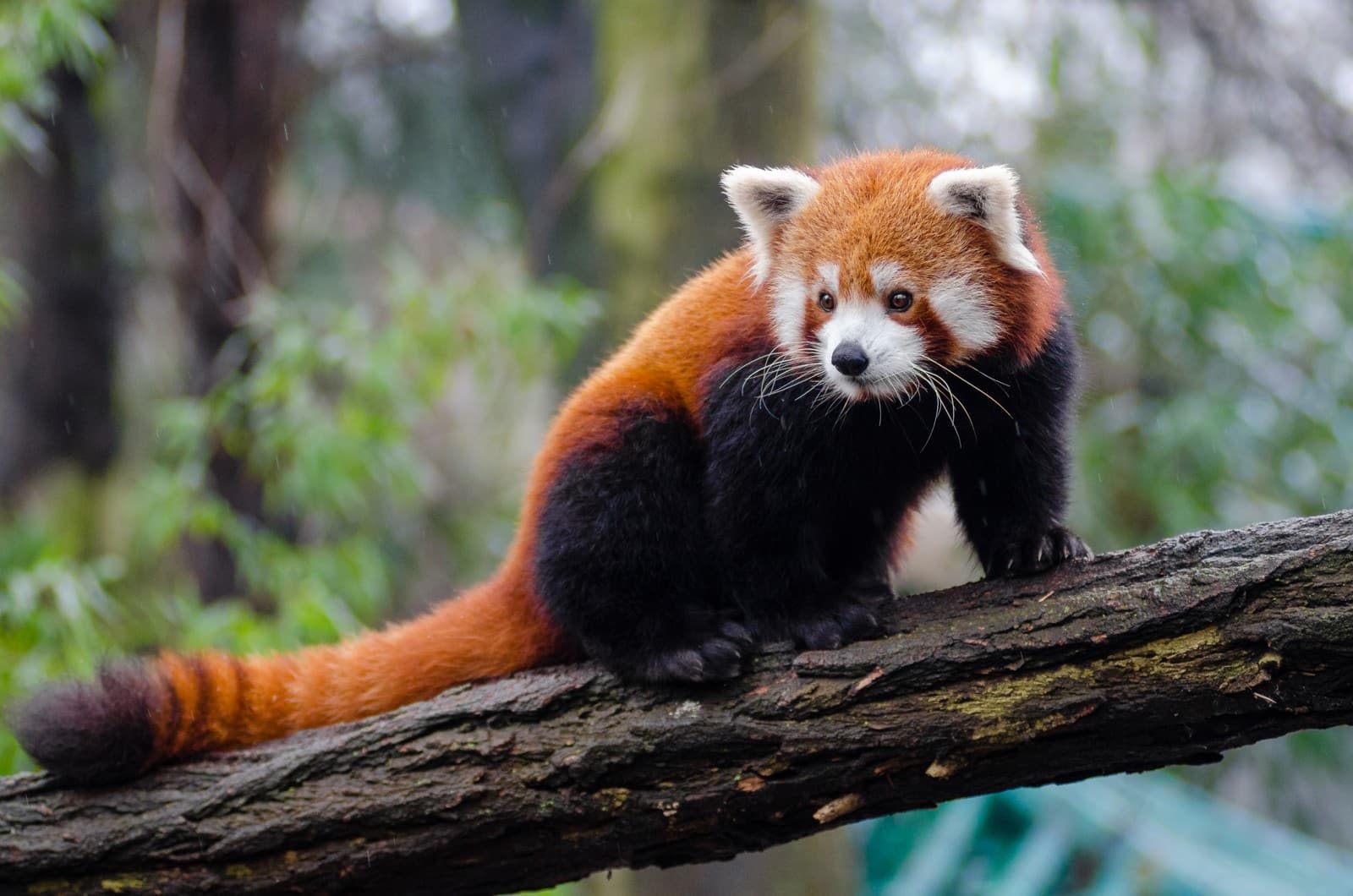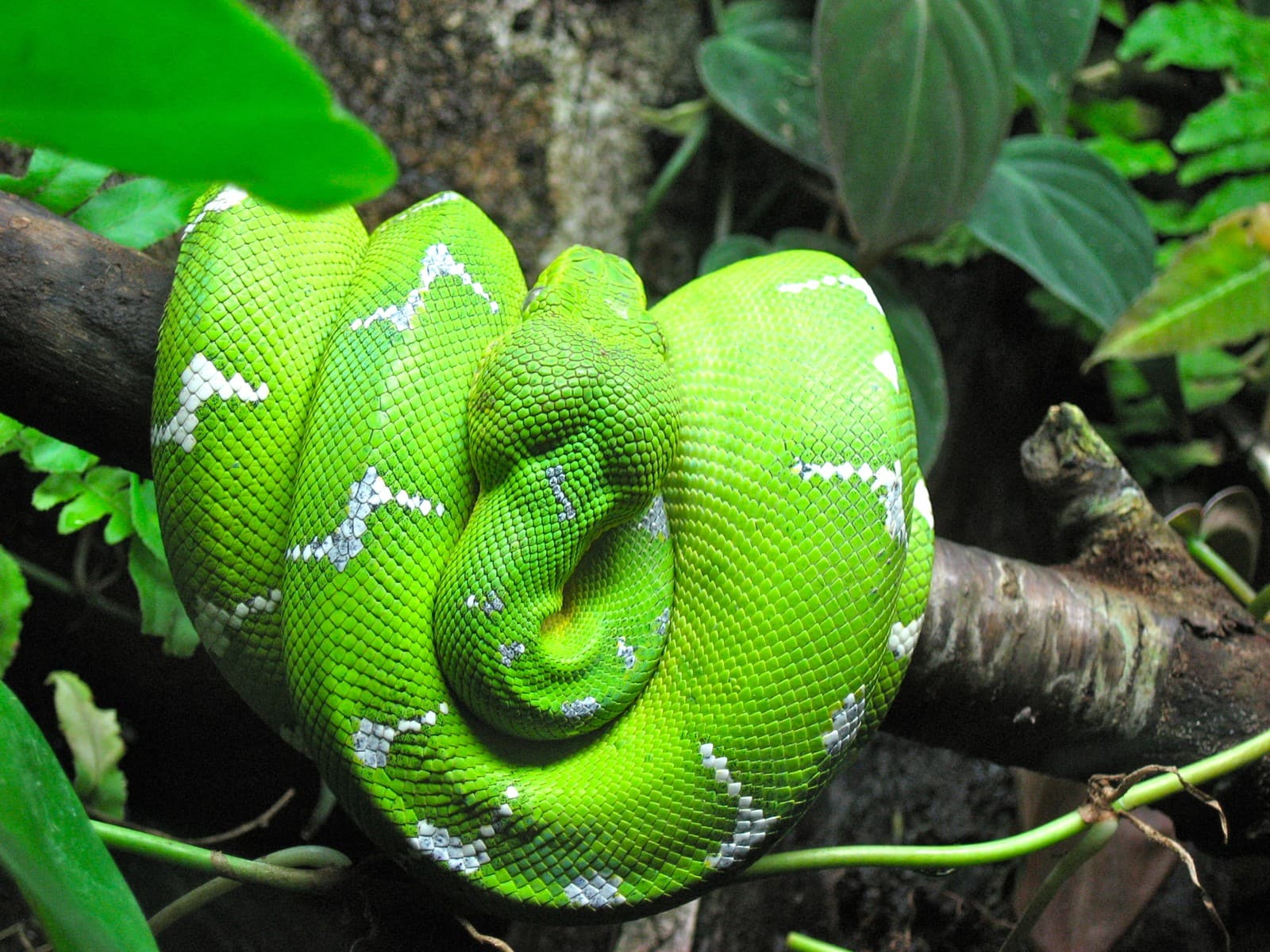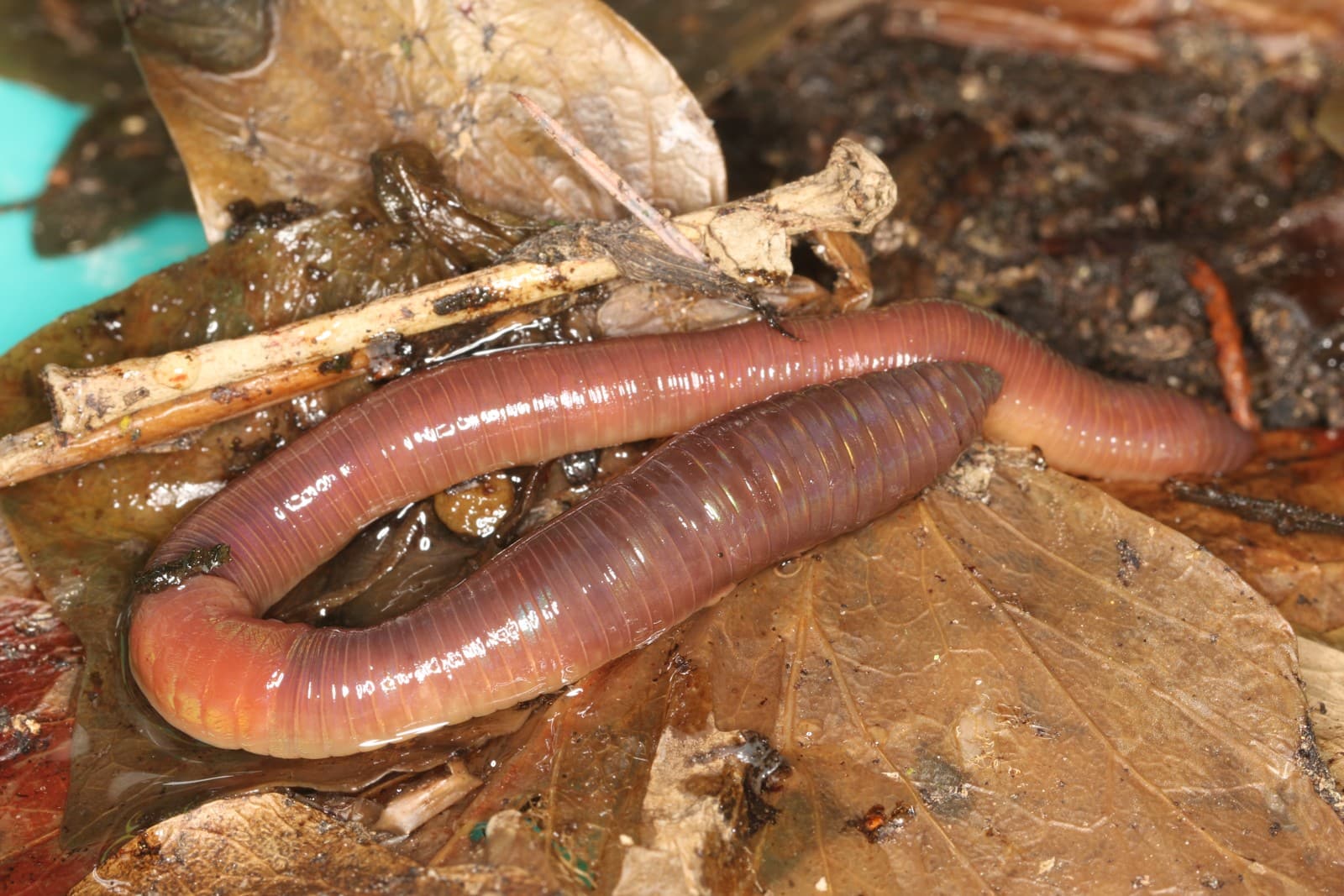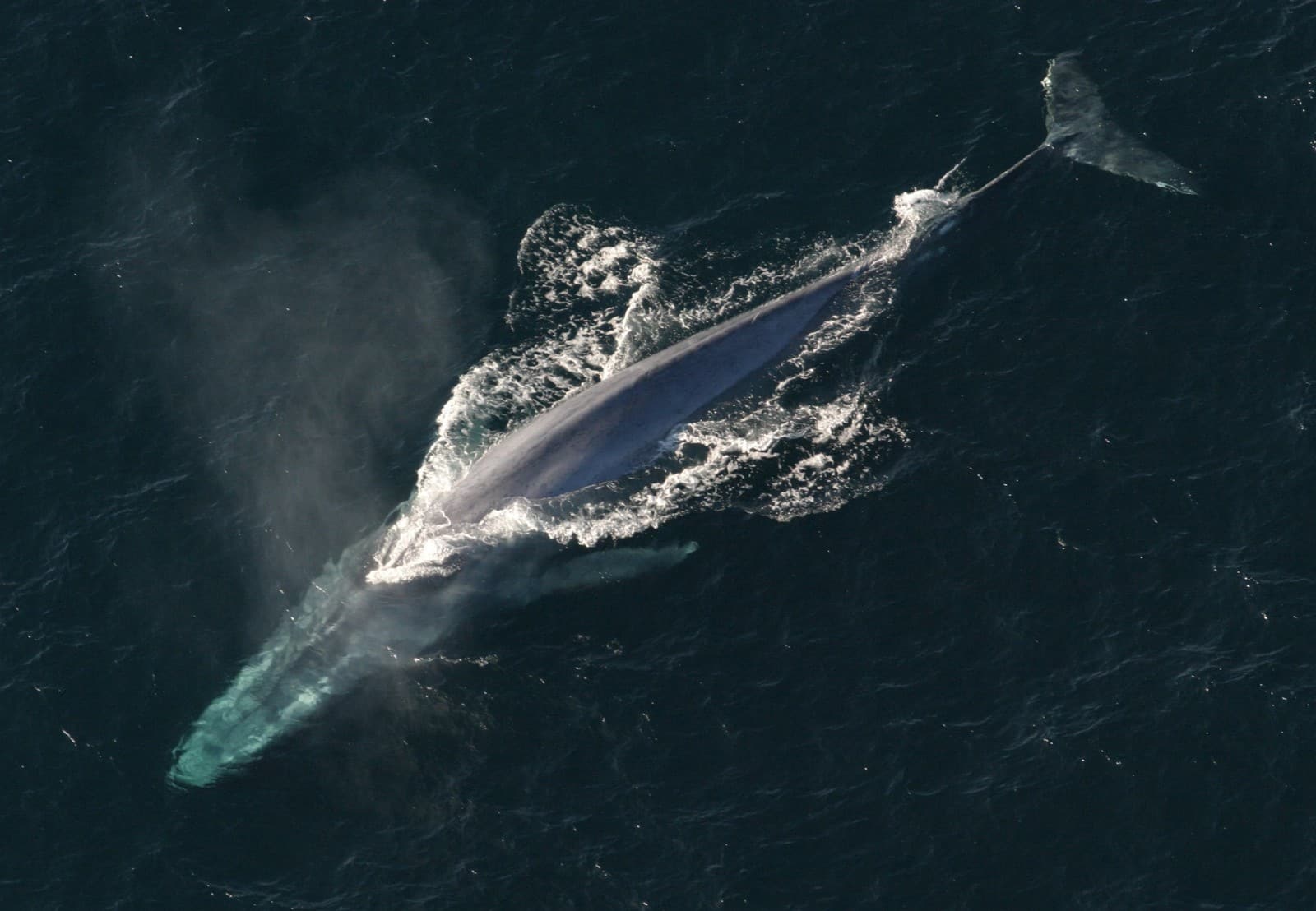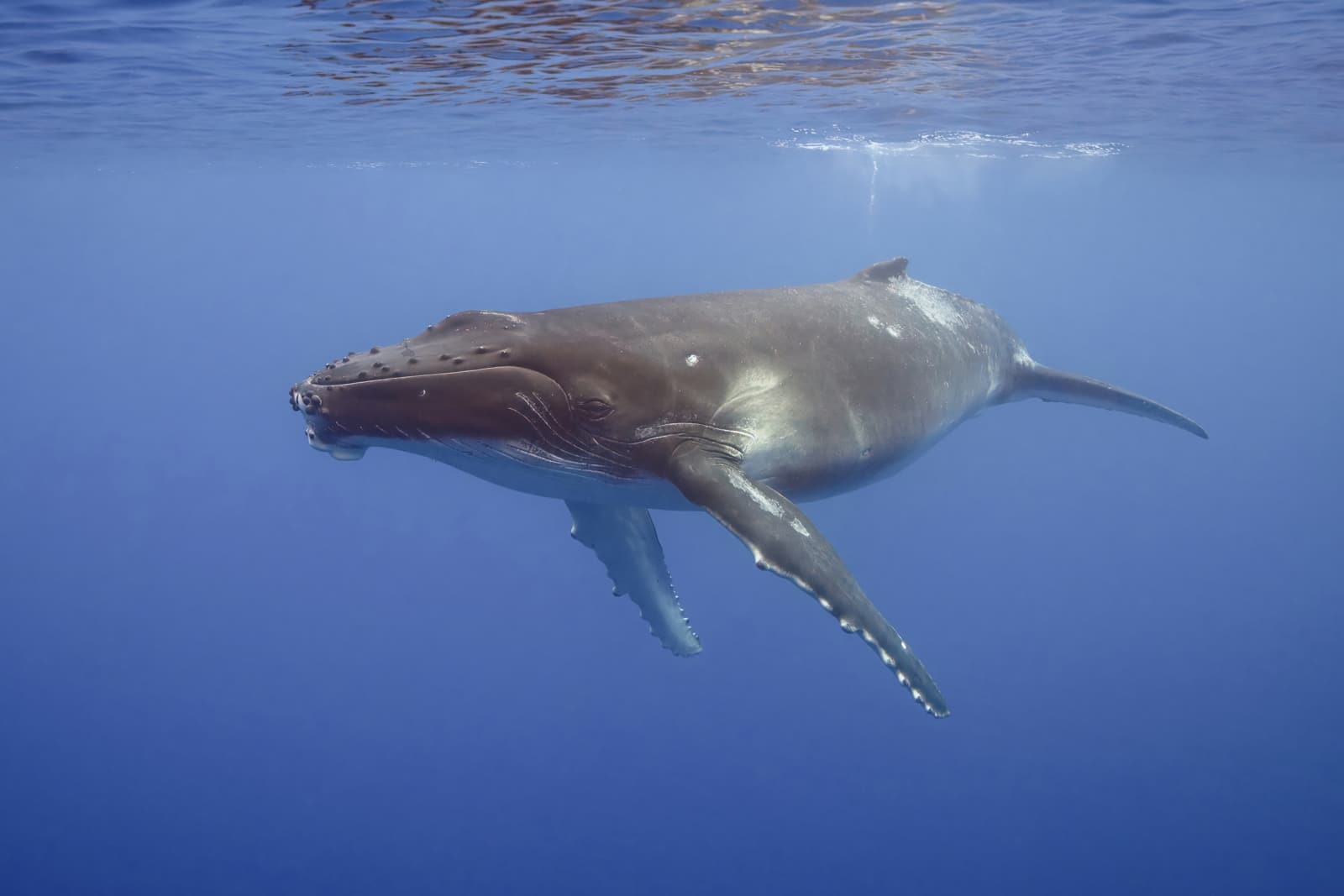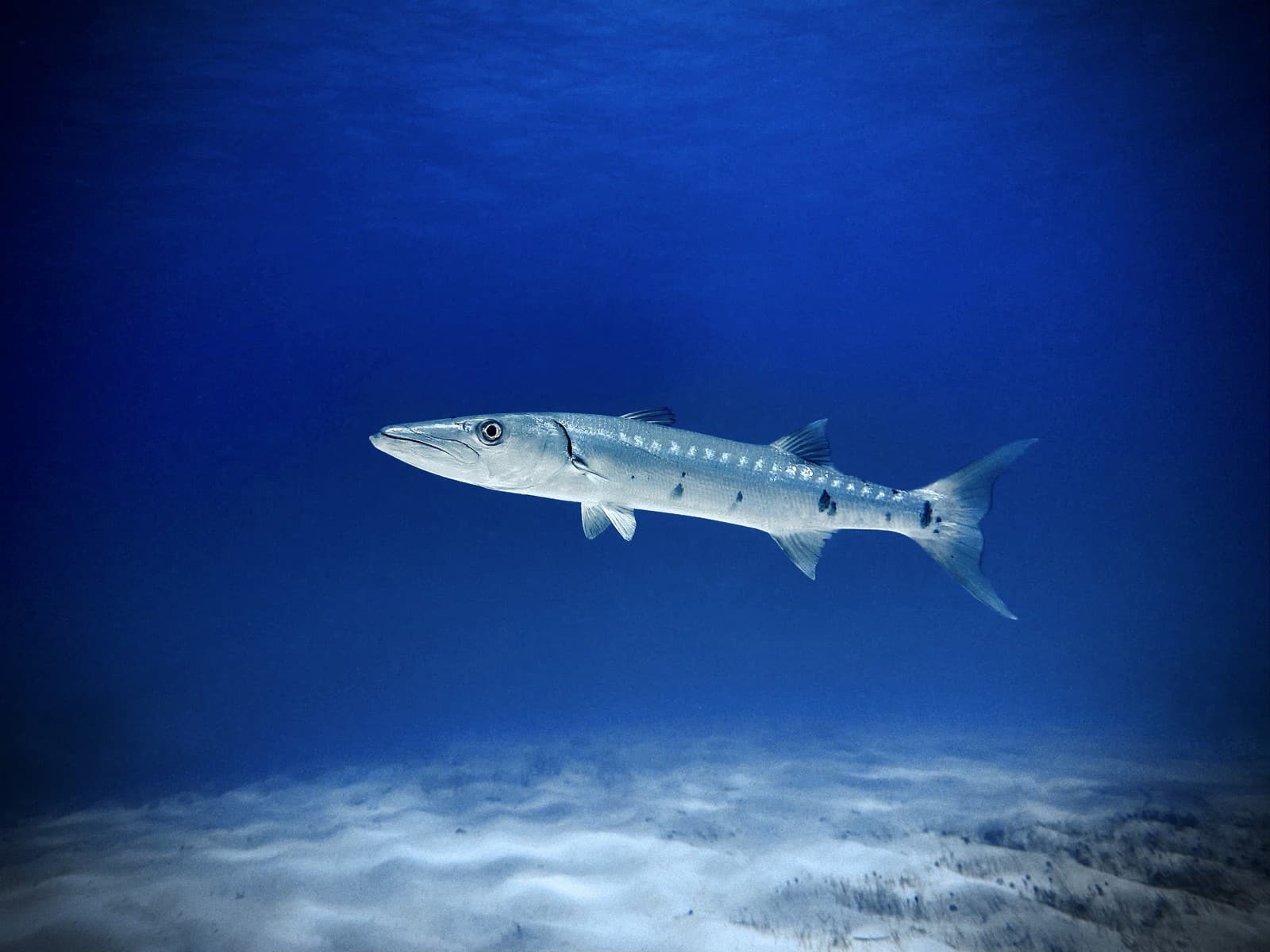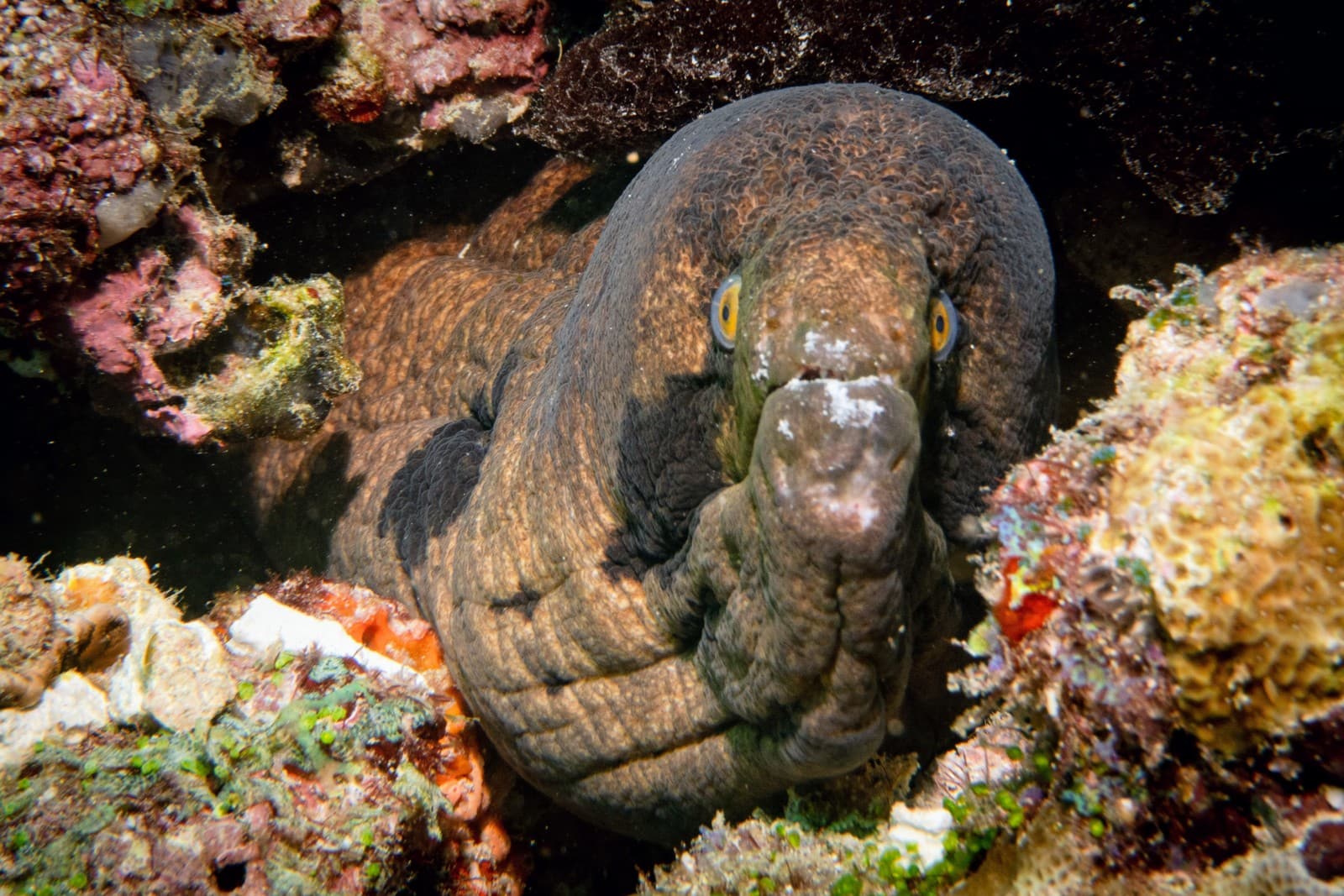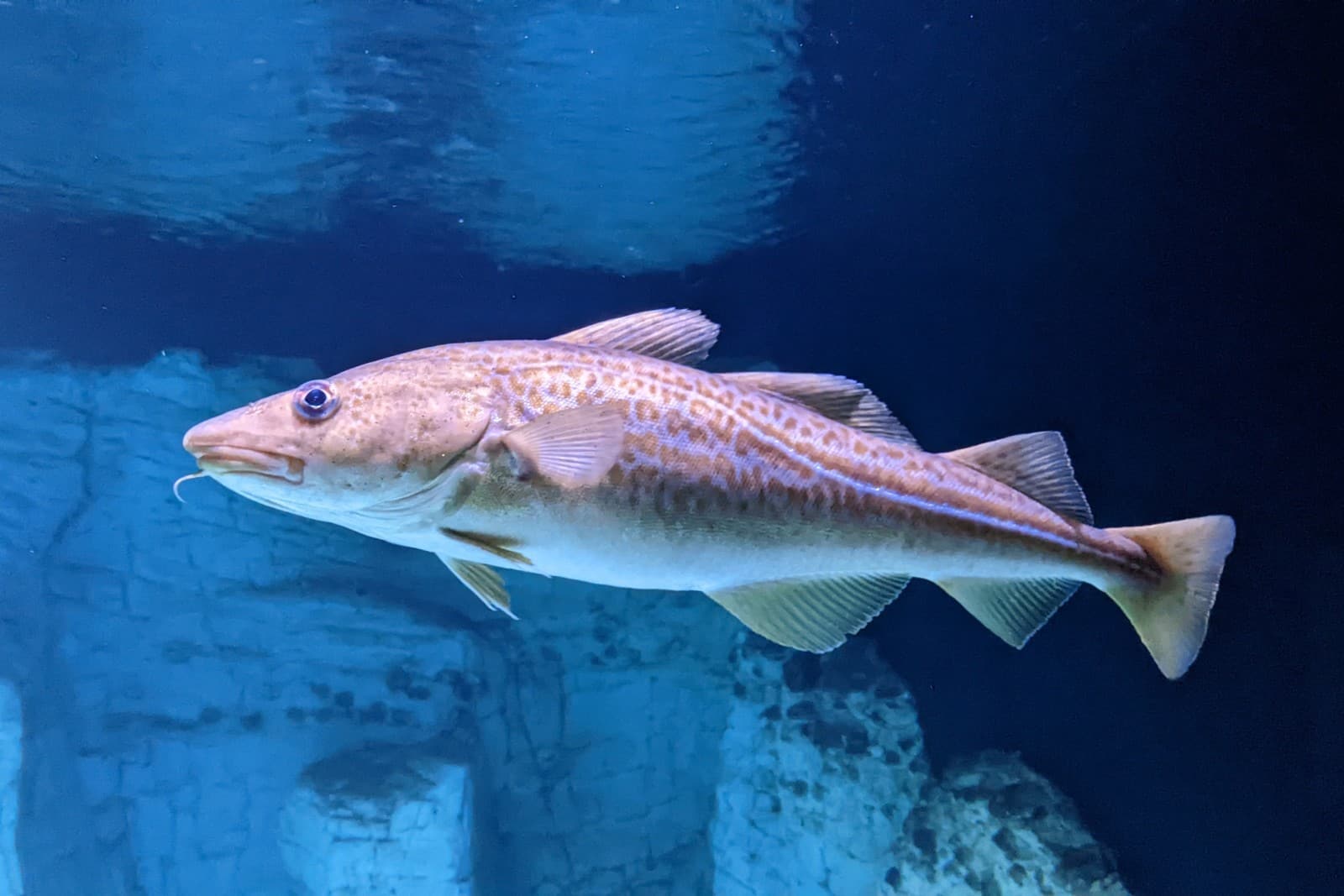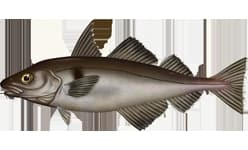Binturong vs Red Panda: A Complete Comparison
When comparing the Binturong vs Red Panda, we encounter two of Asia’s most distinctive mammals, each carving unique ecological niches despite sharing some superficial similarities. The Binturong, weighing 20-40 pounds (9-18 kg), significantly outweighs the Red Panda, which typically reaches just 6-14 pounds (3-6.2 kg). While both species are excellent climbers, they’ve evolved different adaptations for their arboreal lifestyles.
These remarkable creatures diverge significantly in their dietary preferences and geographic distribution. The Binturong roams the tropical forests of Southeast Asia, while the Red Panda inhabits the temperate mountain forests of the Eastern Himalayas and southwestern China. Their distinctive characteristics make each species a fascinating subject for wildlife enthusiasts and researchers alike.
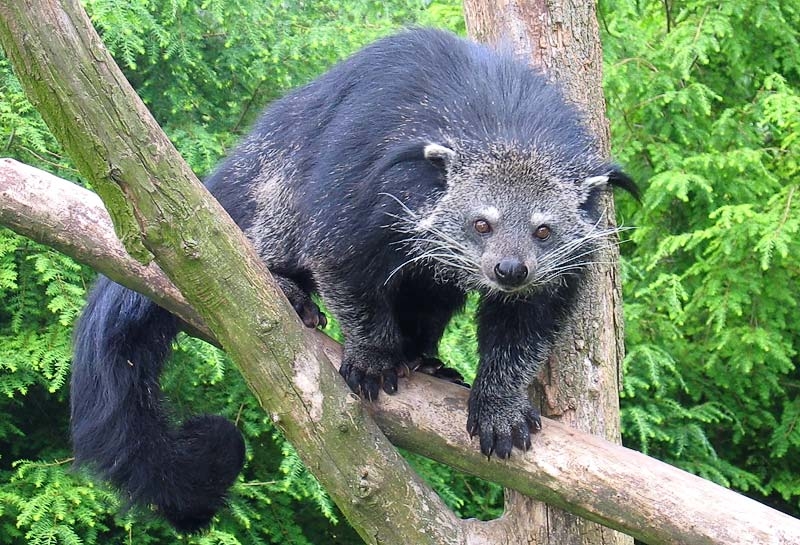
© Tassilo Rau / CC BY-SA 3.0
The Binturong, often called the bearcat, showcases its remarkable climbing abilities with its muscular build and distinctive prehensile tail. This nocturnal creature’s dark, shaggy coat helps it blend perfectly into its rainforest habitat.
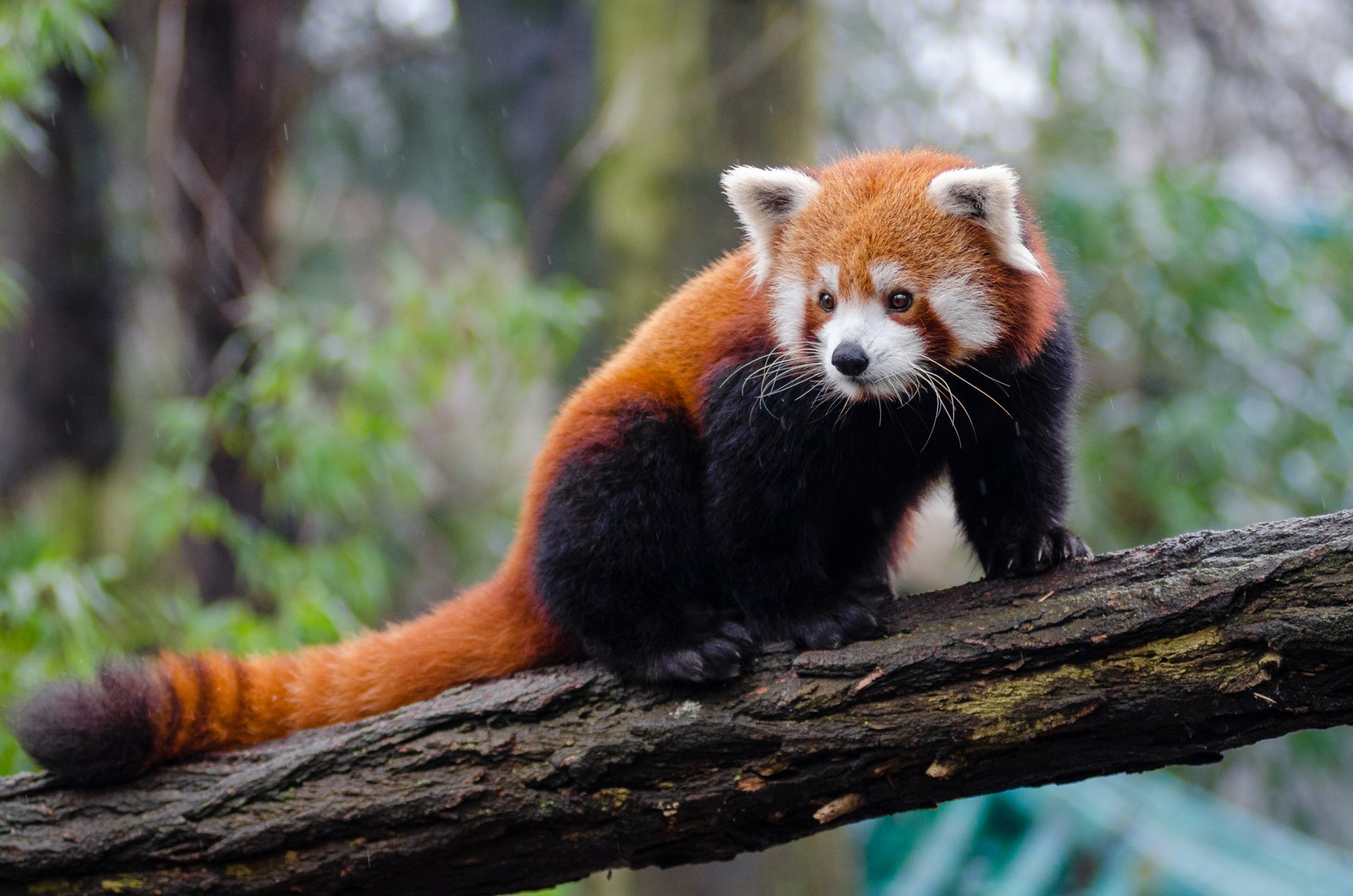
© Mathias Appel / CC0
The Red Panda exhibits its characteristic rust-colored fur and distinctive markings while demonstrating its natural climbing prowess. These adaptations help it thrive in its mountainous habitat where it specializes in bamboo consumption.
Key Differences: Binturong vs Red Panda Comparison
| Feature | Binturong | Red Panda |
|---|---|---|
| Size | 2-3 feet (60-90 cm) body length | 20-25 inches (50-64 cm) body length |
| Weight | 20-40 pounds (9-18 kg) | 6-14 pounds (3-6.2 kg) |
| Diet | Omnivorous: fruits, small mammals, birds | Primarily herbivorous: 95% bamboo |
| Habitat | Tropical forests of Southeast Asia | Temperate mountain forests of Himalayas |
| Tail Type | Prehensile, used for climbing | Non-prehensile, used for balance |
| Activity Pattern | Nocturnal | Crepuscular/nocturnal |
Habitat and Distribution
The Binturong inhabits the dense tropical rainforests of Southeast Asia, from India to Indonesia, thriving in environments with thick canopy cover. These adaptable creatures occupy elevations from sea level to 6,000 feet (1,830 meters). In contrast, Red Pandas prefer the temperate mountain forests of the Eastern Himalayas and southwestern China, living at elevations between 4,900-13,000 feet (1,500-4,000 meters), where bamboo forests dominate the landscape.
Behavioral Differences
Climbing Adaptations
While both species excel at climbing, they employ different techniques. Binturongs use their powerful prehensile tail as a fifth limb, allowing them to hang and maneuver through branches with remarkable agility. Red Pandas, though excellent climbers, rely on their sharp claws and flexible ankles, using their non-prehensile tail primarily for balance.
Dietary Specialization
The dietary preferences of these species showcase their evolutionary divergence. Binturongs are opportunistic omnivores, consuming a varied diet of fruits, small mammals, birds, and insects. Their strong jaws and diverse diet contrast sharply with Red Pandas, which have evolved to be bamboo specialists, with 95% of their diet consisting of bamboo leaves and shoots.
Conservation Status and Threats
Both species face significant challenges in the wild, primarily due to habitat loss and fragmentation. The Binturong is classified as Vulnerable on the IUCN Red List, while the Red Panda faces an even more precarious situation, listed as Endangered. Conservation efforts focus on habitat protection and reducing human-wildlife conflict for both species.
Who Would Win in a Confrontation?
While such encounters would never occur naturally due to different habitat preferences, the Binturong would likely dominate any theoretical confrontation. With its larger size, more robust build, and omnivorous dietary adaptations, the Binturong possesses significant physical advantages over the smaller, specialized Red Panda. However, both species are generally non-aggressive and would avoid confrontation in natural settings.
Unique Adaptations
Binturong Specialties
- Prehensile tail capable of supporting full body weight
- Scent glands producing an odor similar to buttered popcorn
- Rotating ankle joints for head-first descent from trees
Red Panda Characteristics
- Specialized wrist bone for bamboo handling
- Dense wool undercoat for cold protection
- False thumb (extended wrist bone) for gripping bamboo
Through millions of years of evolution, both the Binturong and Red Panda have developed fascinating adaptations that make them perfectly suited to their respective niches in Asia’s diverse ecosystems. While they share some superficial similarities as arboreal mammals, their unique characteristics and behaviors make them distinct and remarkable creatures worthy of continued study and conservation efforts.
